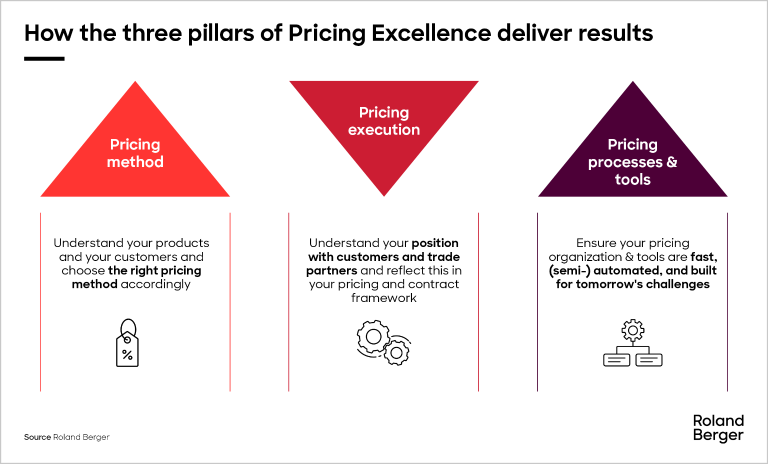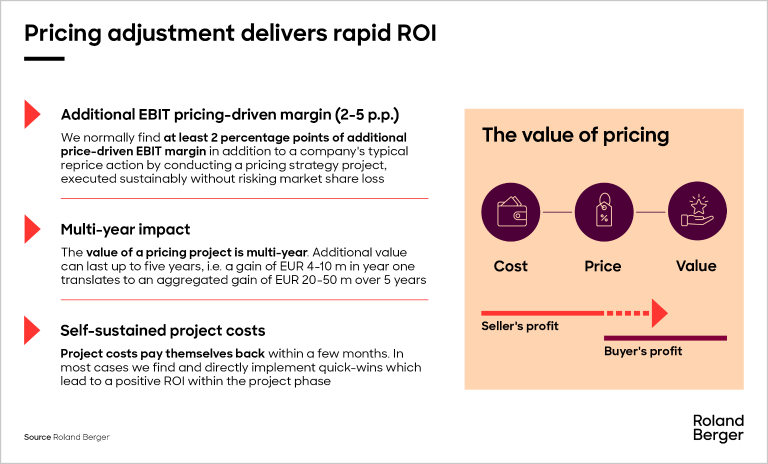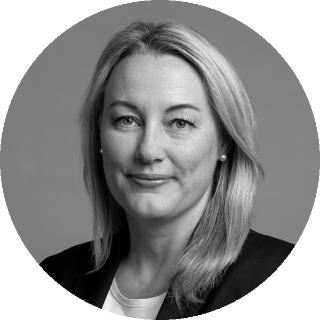Based on our thought leadership, Roland Berger supports the transformation of your marketing and sales organization and helps you applying new customer centric approaches.

Improving profitability in the sugar industry
Roland Berger’s Pricing Excellence program helps businesses in the sugar sector enhance competitiveness
Volatile prices, increasing regulations, and the need for technological advancements are placing unprecedented pressure on sugar producers. In response, they must find innovative ways to maintain profitability and stay competitive. These pressures are particularly telling in the EU, where recent declines in sugar prices have severely impacted industry players, eroding their profits. In the first quarter of 2025, for instance, Europe's largest sugar producer, Südzucker, posted an 85% fall in quarterly operating profit.

Multiple challenges for the sugar industry
There are numerous factors behind this price volatility, including global market dynamics, regulatory changes, crop yields, and weather conditions.
Political decisions, such as the EU sugar market policy, can significantly impact producers' business, including production capacity and pricing. A growing emphasis on health awareness is leading to declining demand for traditional sugar products and the need to offer alternative sweeteners. Meanwhile, external factors like climate change, geopolitical tensions, and crop failures are creating additional volatility in the prices of raw materials such as sugar beets and sugar cane.
Like many manufacturing-based industries, the rise in energy costs and new sustainability requirements are also increasing pressure on sugar producers, necessitating investment in new technologies to produce more efficiently and improve quality. New market entrants offering alternative or natural sweeteners, such as Stevia and Allulose, are able to gain a competitive advantage.
How Roland Berger can help
In this challenging environment, a data-driven, agile pricing strategy is the most effective lever to protect and grow profitability. Roland Berger's Pricing Excellence program supports sugar companies in mastering these challenges and achieving commercial excellence – both in revenue growth and margin improvement.
The three pillars of Pricing Excellence
- Agile, data-driven pricing methods
We leverage real-time market data and competitor insights to benchmark, monitor, and dynamically adjust bulk sugar prices. This enables sugar companies to anticipate market trends and respond rapidly to market shifts, especially in their core commodities business. By identifying key value drivers – such as quality criteria, sustainability, and service – and segmenting customers according to their willingness to pay, we help companies to apply value-based pricing, especially for specialty sugars, blends, and technical solutions. - Results-driven price execution
Optimizing existing contracts by balancing factors such as volume, frequency, and price security helps create a sustainable price-risk exposure. In this pillar, we also focus on strengthening long-term strategic contract settings for volume and margin security. Preparing for various scenarios and power dynamics, as well as strengthening customer relationships through joint growth agreements and loyalty incentives are critical to effective negotiation. - Efficient, future-proof pricing processes
Streamlined and synchronized processes are essential for eliminating inefficiencies and ensuring a cohesive pricing strategy across the entire organization. Important parts of our program include establishing a single source of truth for pricing data across all entities, customers, and locations, as well as implementing a smart and robust pricing engine for accuracy and scalability. Leveraging state-of-the-art technology, including (semi-) automated workflows, further reduces errors and minimizes manual effort.
"A data-driven, agile pricing strategy is the most effective lever to protect and grow profitability."
Unlocking additional EBIT margin
Roland Berger's pricing projects are among the fastest ROI levers, delivering up to five percentage points in additional price-driven EBIT margin. The value they generate can last up to five years.
The success of our Pricing Excellence approach has been proven across various projects in the commodities industry, which have achieved significant margin improvements. We have helped clients unlock additional EBIT margin by analyzing their competitive position, optimizing value and pricing and developing strategies to become one-stop solutions for customers.
Enhancing profitability and competitiveness
The path to commercial excellence in the sugar industry is currently filled with challenges. But by adopting agile, smart pricing strategies, leveraging advanced technologies, and tapping into market trends, companies can enhance their profitability and competitiveness.
Roland Berger's Pricing Excellence program offers a comprehensive and effective solution to help sugar companies achieve these goals and thrive in today's challenging market environment.
Register now for our newsletter and get regular insights into Consumer Goods & Retail topics.








